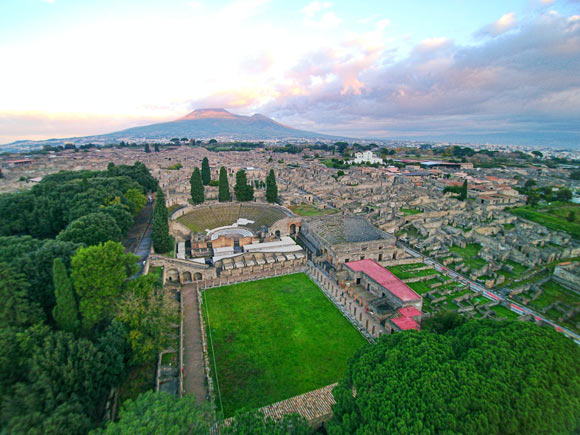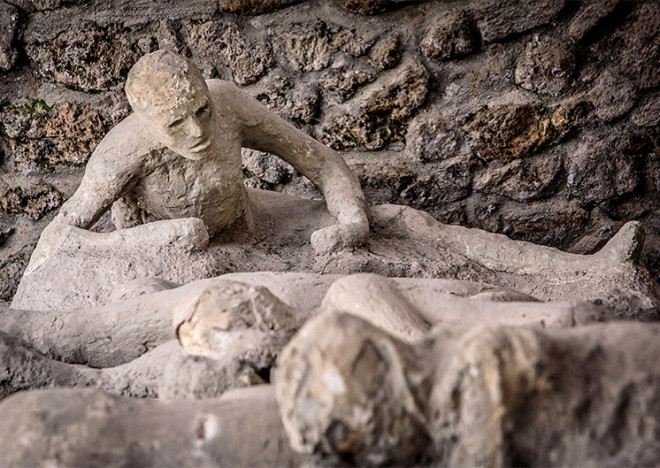Secret of the “timeless” city – Travel
Italian and Danish scientists have successfully decoded the DNA of two Pompeii people – a city devastated by the volcano Vesuvius 2,000 years ago, famous for its shocking ruins because of its timeless modernity.
According to Sci-News, this result will provide many important data about people whose civilization is superior to the rest of the world, their health status and life in the mysterious city. Pompeii.
Throughout Pompeii are people like statues: They are real people, “petrified” by volcanic ash in an instant while sleeping, in daily living postures – Photo: HUMAN REMAINS
Because the volcanic ash fell in an instant, time in Pompeii seemed to stand still, many ruins of houses, streets, and public buildings appeared intact after archaeologists had removed the layer of ash. cover.
Many discoveries were truly shocking, for example, high-quality infrastructure, roads, “timeless” services, seemingly only available in modern times such as… fast food stalls along the “street” walk”.
In the midst of those magnificent ruins were people who were literally petrified: volcanic ash enveloped them in an instant, turning them into statues in every position: sleeping, working, someone in time. scared to sit on their knees or just woke up when they heard the chaos, some people turned to stone while running away.

Panorama of Pompeii Archaeological Park today – Photo: SCI-NEWS
A team of scientists led by Dr. Gabriele Scorrano, with colleagues from the University of Rome “Tor Vergata” (Italy) and the University of Copenhagen (Denmark) have successfully extracted DNA from two such petrified people – one a man about 35-40 years old, 1.64 m tall and a woman over 50 years old, 1.53 m tall – at the “Craftsman’s House” monument.
In particular, the male remains have been sequenced whole genome, while the DNA of the female remains is of less quality, so there are still some genetic gaps.
Comparing the DNA of the male individual with the DNA of 1,030 other ancient Eurasian individuals and 471 ancient Western European individuals, scientists found that he had the most similarities with the people of Central Italy today. grand.
He is of a rare lineage with distant origins from East Africa – bloodline also found in the populations of the Near East (Turkey, Yemen, Egypt, Jordan, Oman, Saudi Arabia…) and some Mediterranean islands.
There were genetic traces of the group of bacteria to which the bacteria that caused tuberculosis belonged, so it was very likely that he had suffered from tuberculosis before he died.
“Supported by the vast amount of archaeological information that has been collected over the past century from Pompeii, paleontological analyzes from the people here will help us reconstruct the lifestyle of this fascinating population during this time. period of the Roman Empire,” said Professor Scorrano.
Pompeii was a prosperous city with splendid architecture and lavish lifestyle of the Roman Empire, but was destroyed in an instant by a volcanic disaster in AD 79.
The study has just been published in the scientific journal Scientific Reports.
at Blogtuan.info – Source: 24h.com.vn – Read the original article here





